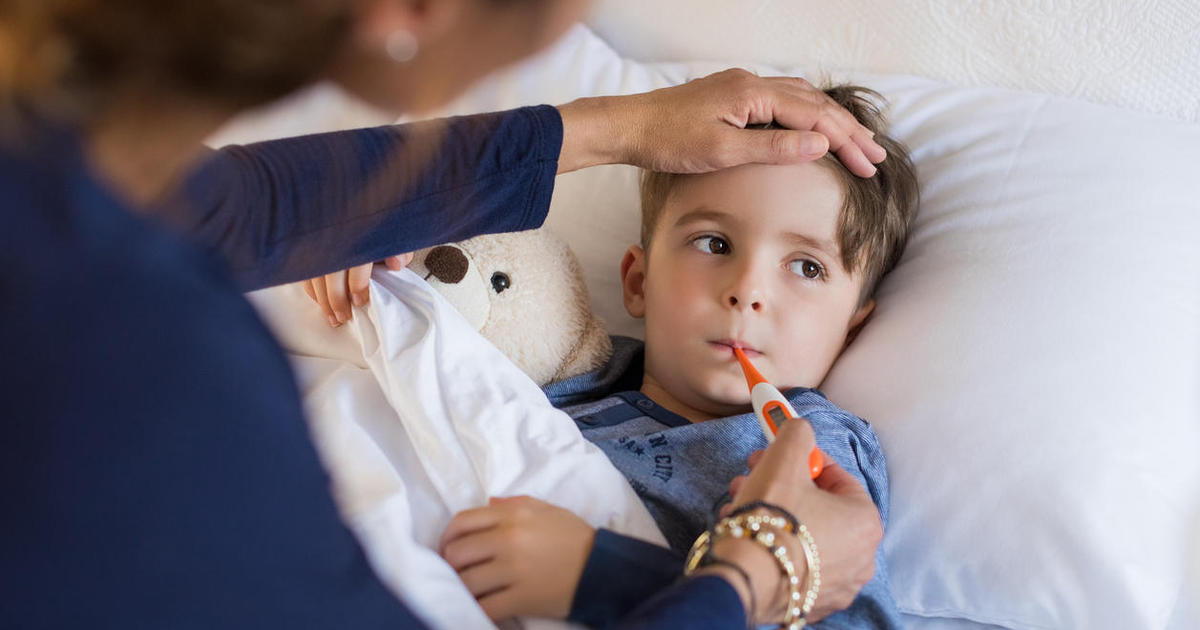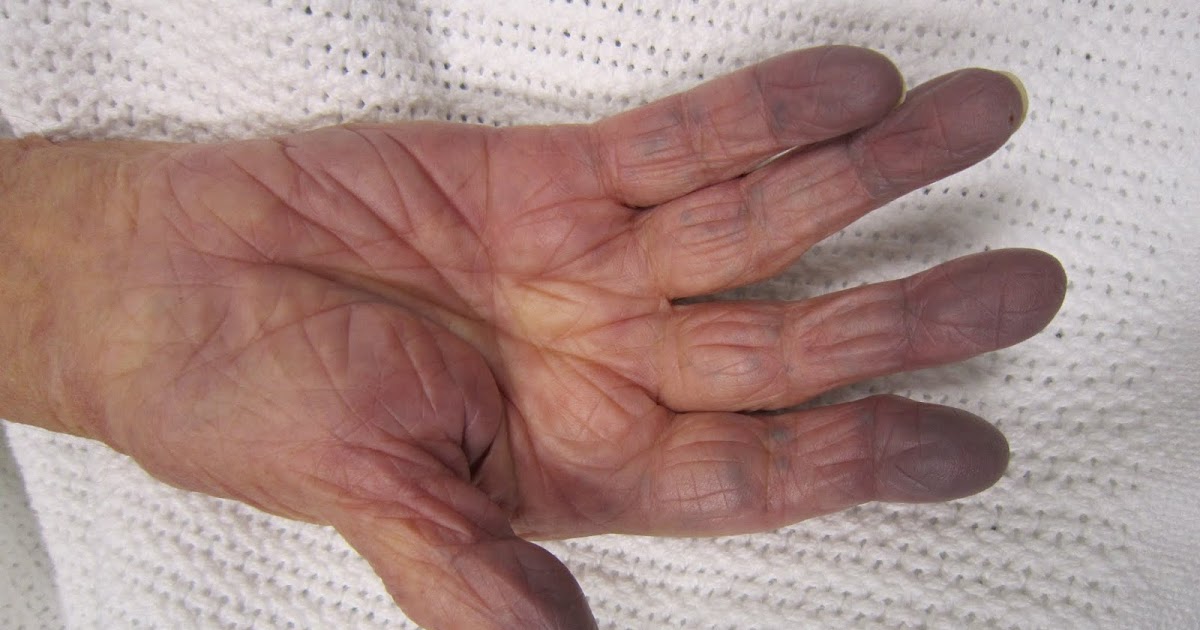Warning Signs Of Bacterial Tracheitis
Bacterial tracheitis is an infection of the trachea (windpipe) caused by bacteria. It is a condition that primarily affects children. It is a rare and lethal condition usually caused by Staphylococcus aureus and streptococci. It is important to get bacterial tracheitis diagnosed and treated because it can be life-threatening. However, with proper and timely treatment, most children will recover successfully.
Treatment for bacterial tracheitis usually includes endotracheal intubation and antibiotics. It is a scary situation, but there are some warning signs individuals should be aware of if they have children. Knowing the warning signs can be integral in getting treatment quickly and increasing the chance of recovery. Doctors need all the facts and symptoms the child is suffering from, so they can make a proper diagnosis.
Initial Cold Symptoms

Many children suffer from the common cold, and the majority of them recover without incident. But, if the cold gets worse and does not seem to clear up, it is important to look at the initial cold symptoms, like a cough or fever. These symptoms can intensify, leaving a child very sick and having difficulty breathing. Even though bacterial tracheitis is rare, any progression of symptoms should be evaluated by a medical professional.
Without medical intervention, bacterial tracheitis can be very dangerous and lead to death. So, it is important to rule it out and find out what the underlying illness is, then the child can be treated and hopefully successfully recover under medical supervision. Parents should understand sometimes a cold can develop into something that is more than a cold. They need to carefully watch their children and keep track of their symptoms, so they can get the correct diagnosis quickly from medical professionals.
Cyanosis

Cyanosis is a blue tinge to a child's skin, and it is a result of not getting enough oxygen while breathing. Patients might notice the bluish color around the core, lips, tongue, or the extremities and fingers. This is indicative of the child not getting enough air in through the mouth or nose to the lungs for proper oxygenation of the blood. This is the result of the bacteria inflaming the trachea and possibly blocking it. The cause needs to be found and diagnosed so it can be corrected, and the child can begin breathing more normally. To aid the child in getting more oxygen, they may need supplemental oxygen or intubation so the underlying condition can be managed while letting the machines supply oxygen for them because they are not able to do it without assistance.
